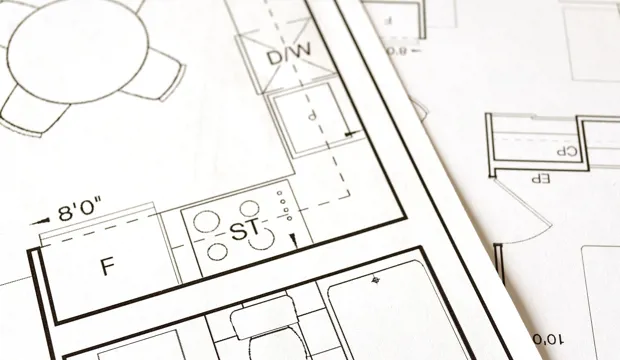
Motorsport data analysis - GCSE Maths
Interpret a graph to answer questions on speed and distance
Modern data analysis techniques allow for ongoing performance assessment of vehicles during a motor race. However, even the most advanced data analysis systems can only reveal a portion of the narrative. While they often detect issues, they can only provide solutions if they are relatively straightforward. Further expert input is often necessary to interpret the data and uncover problem-solving strategies.
In this engaging GCSE maths activity, we will dive into the realm of motor racing and explore how data analytics plays a crucial role in understanding and evaluating the performance of vehicles on the racetrack. Get ready to apply your mathematical skills to interpret data, analyse graphs, and uncover the secrets behind the success of motor racing teams.
By the end of this activity, you’ll gain a deeper appreciation for mathematics and its real-world applications while also developing your data analysis and graph interpretation abilities. So, fasten your seatbelts and embark on this exhilarating journey of analysing motor race performance!
Activity introduction
The printable worksheet below contains a GCSE maths lesson plan for secondary school teachers or parents. The presentation includes the relevant graph for this activity and corresponding questions designed for students’ engagement. Allow the students some time to read the task and consider the questions. You can give the students a paper copy of the graph.
Students will need to interpret and read the graph to answer the questions. They must consider what the information displayed in the graph can tell them about the motor race.
For the final task, students must find 107% of 1hr 20min. One approach would be to convert the time to minutes before finding 107%.
Once students have worked out how long the car has left, they will need to use this information to calculate the distance remaining.
Discussion points
Encourage discussion about the answers to the bullet points. Compare the different assumptions they have made and their approaches, particularly with the final task.
Extending the problem
You could ask the students to make a commentary to accompany the graph or examine relevant GCSE questions. Consider using graphs that show more than one vehicle and introduce overtaking and other features.
Potential GCSE context
This activity will cover interpreting graphs and data, speed/distance/time and estimating.
Download the free activity sheet below!
All activity sheets and supporting resources are free to download, and all the documents are fully editable so that you can tailor them to your students and your schools’ needs.
The activity sheet includes teacher notes, guidance, helpful web links, and links (where appropriate) to the national curriculum in the four devolved UK nations; England, Northern Ireland, Scotland and Wales.
Please share your classroom learning highlights with us @IETeducation




